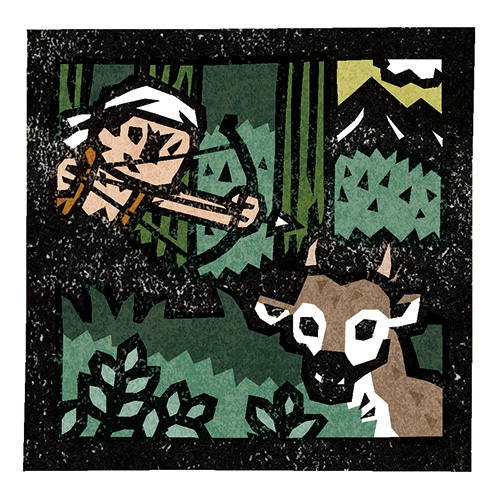In the past, Taiwan was once inhabited by a variety of indigenous peoples in different areas across the island. But in the course of history, these peoples were forced to leave their native lands and relocated to other places. Nowadays, with the ongoing promotion of transitional justice, issues concerning indigenous peoples’ traditional territories have come to the surface and began to draw attention. These traditional territories concern such issues as indigenous peoples’ natural sovereignty, land, history, and environmental justice. How big are they? How are their scopes determined? Read along to learn more facts about these questions and find answers.
Q1:What is “traditional territory”? How is it defined?
The traditional territory refers to the land that used to be inhabited by Taiwan’s indigenous peoples. In accordance with the draft Regulations on Land or Tribal Land Allocation for Indigenous by the Council of Indigenous Peoples, it is defined as:
1.The sacred land of ancestral spirits.
2.Land formerly owned by indigenous communities.
3.Land currently owned by indigenous communities, which partly overlap with those reserved for indigenous people.
4.Land for agricultural purposes such as cultivation, planting, nomadism, and collecting.
5.Land for holding rituals.6.Land for hunting, including rivers and sea areas.
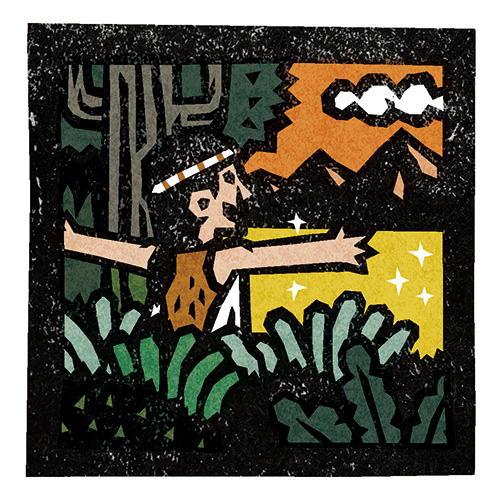
Q2:How big are these traditional territories?
According to the survey conducted by the Council of Indigenous Peoples, the total area of traditional territories of Taiwan’s 16 indigenous ethnic groups could amount to roughly 1.8 million hectares. At present, however, the central government has announced only the lands reserved for indigenous people, which was demarcated by law in 1990. The area accounts for only one-seventh of the entire traditional territories.
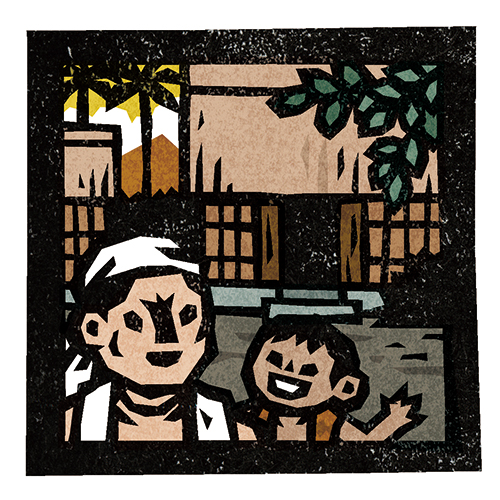
Q3:To whom does traditional territory belong?
In indigenous society, land is owned by the community, and it is the community that has the right to determine the scope of its traditional territories. Each community clearly defines the range and regulations of its land use. The rights to use these lands are usually shared by community members or belong to a specific clan.
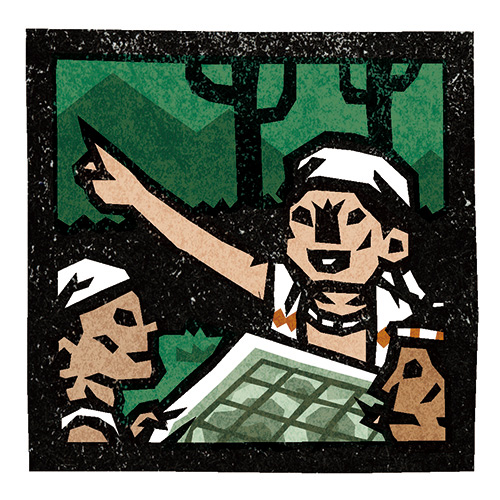
Q4:How was the survey of traditional territory conducted?
The idea of demarcating indigenous traditional territories originally stemmed from the “tribal maps” of Native Americans in the 1970s. Back then the Native Americans came up with the idea of mapping the names, legends, and tales of various tribes to strive for their rights and interests. In Taiwan, this approach was first adopted by the Kucapungane community of Rukai People in Pingtung County, which in turn inspired other ethnic groups to follow suit. The tribal map serves as an important basis in the government’s efforts to promote Taiwan’s indigenous traditional territories.
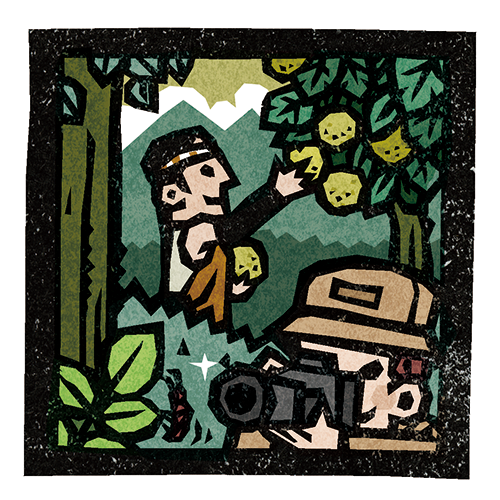
Q5:Will residents be expelled from their homeland if it is designated as a traditional territory?
The “ownership” of a land will not be affected when it is designated as a traditional territory. It only requires that any future land use be approved by the community’s meetings. The most likely to be affected are mainly government agencies and conglomerates that want to develop the land. The ordinary private, small-scale land use is not subject to the limits.
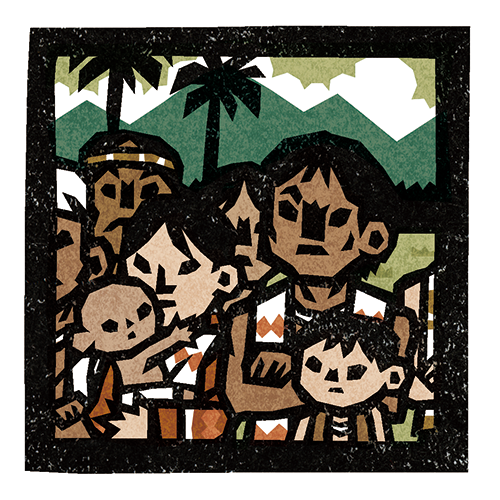
Q6:Why it is necessary to demarcate traditional territories?
Historically under the attacks of successive foreign rulers, Taiwan’s indigenous peoples were forced to yield their ancestral lands where they had lived for generations. Nowadays, in modern society where democracy is valued, there is a dire need to face up to the historical fact that Taiwan’s indigenous peoples were deprived of their lands, and to show respect for their rights to manage the properties that belong to them.
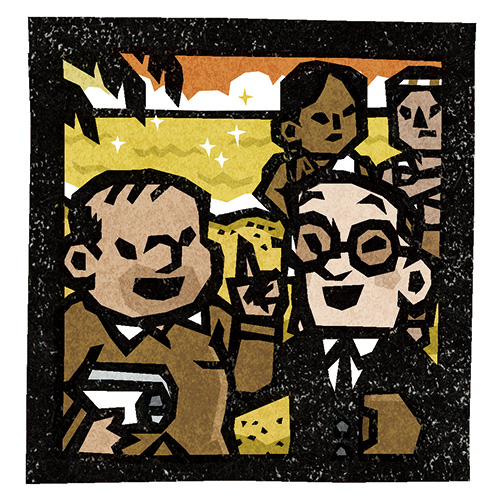
Q7:What will happen if privately owned lands are excluded from the list of traditional territories to be demarcated?
Not including privately owned lands in the list of traditional territory to be demarcated is tantamount to abandoning the rights to investigate responsibility for the unjust deprivation of indigenous peoples’ land. Besides, when a large-scale development project is to be launched without any prior notice, community members will lose the chance to voice their opinions, which could lead to the disappearance of indigenous peoples’ land and culture.
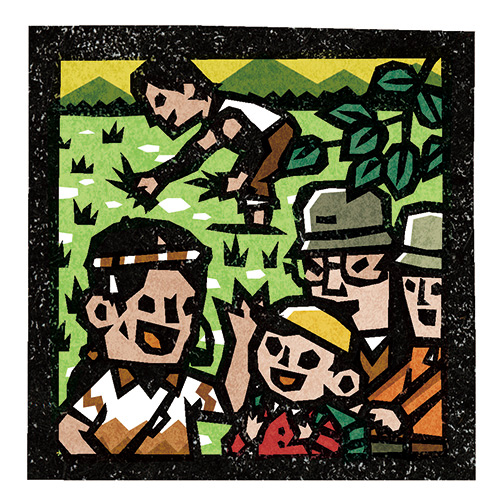
Q8:What are the benefits of demarcating traditional territories?
Once traditional territories of an indigenous community are demarcated, it becomes mandatory that any major land development activities be approved by the community’s meetings. This, on the one hand, can prevent conglomerates from damaging the land and the environment through improper procedures. On the other hand, it enables the community to develop its distinctive industries, and further cultivate and revitalize its traditional culture.

Q9:What is the existing controversy about traditional territories?
As is stipulated in The Indigenous Peoples Basic Law, traditional territories can be designated to completely include areas claimed by indigenous communities; However, in 2016 the Executive Yuan declared on the multi-agency conference that “privately owned lands are excluded from the demarcation of traditional territories,” which contradicts the enabling statute. Up to the present, despite this controversy, the central government’s position has remained unchanged.

─ REFERENCES ─
〈傳統領域──沒有人是局外人〉,原轉小教室:https://www.nooutsider.tw/land。
〈原住民傳統領域是什麼?原住民爭取傳統領域的歷史〉,焦點事件:http://www.eventsinfocus.org/issues/1488。

